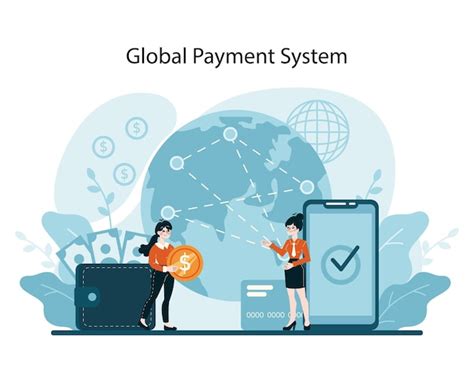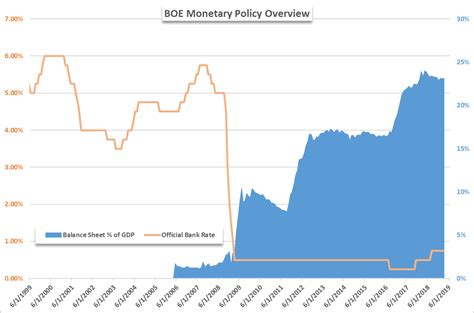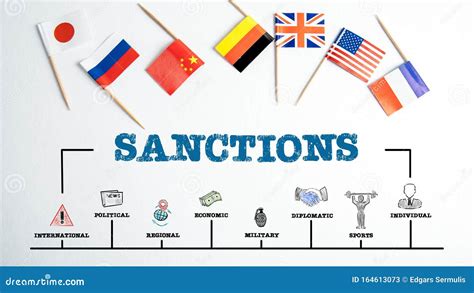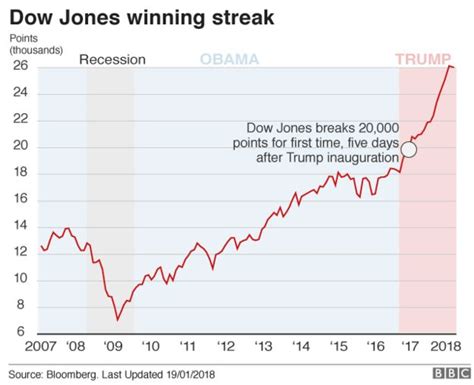In the vast landscape of global finance, a silent but significant battle is being waged – a battle for control over the intricate web of payment systems that underpin our modern economy. It’s not something that makes headlines in the traditional sense, but its implications are far-reaching and profound.
“The global payments system is like the circulatory system of the financial world. It may not be visible on the surface, but it is essential for keeping everything running smoothly.”
At first glance, it might seem like a mundane aspect of our daily lives – transferring money from one account to another, making online purchases, or swiping a card at a store. However, behind these seemingly simple transactions lies a complex network of technologies, protocols, and institutions that work tirelessly to ensure seamless movement of funds across borders and currencies.
To truly appreciate the significance of this battle for control over the global payments system, we must delve into its history and evolution. The roots of this struggle can be traced back to the early days of international trade when merchants relied on cumbersome methods like bills of exchange to settle accounts across long distances.
As trade expanded and economies became more interconnected, there arose a pressing need for faster, more efficient ways to conduct cross-border transactions. This led to the development of various payment systems over time – from SWIFT (Society for Worldwide Interbank Financial Telecommunication) to newer digital platforms like blockchain-based networks.
“The evolution of payment systems reflects our constant quest for efficiency and security in financial transactions. Each innovation brings us closer to a truly interconnected global economy.”
One key player in this ongoing battle is China, which has been aggressively promoting its own digital payment platforms on an international scale. With companies like Alibaba’s Alipay and Tencent’s WeChat Pay gaining popularity beyond Chinese borders, there is a palpable shift in power dynamics within the global payments ecosystem.
Experts believe that China’s push towards digital payments not only reflects its technological prowess but also its strategic ambitions to challenge Western dominance in finance. By offering user-friendly interfaces and cutting-edge functionalities, Chinese payment giants are capturing market share rapidly and reshaping how people around the world perceive money transfers.
“China’s dominance in digital payments signals a broader geopolitical shift where technology plays a central role in shaping economic influence on a global scale.”
On the other side of this battleground are established players like Visa and Mastercard, who have long been synonymous with reliability and trust in payment processing. However, they now find themselves facing intense competition from upstart fintech firms that promise lower fees, faster transaction speeds, and innovative features tailored to meet evolving consumer needs.
The rise of cryptocurrencies further complicates this already crowded field by introducing decentralized forms of money transfer that bypass traditional banking channels altogether. While some view crypto as disruptive innovation with the potential to revolutionize finance, others warn about its inherent volatility and regulatory challenges.
As consumers increasingly demand convenience, speed, and transparency in their financial interactions, businesses are under pressure to adapt quickly or risk becoming obsolete. This dynamic environment sets the stage for fierce competition among industry players vying for supremacy over how we pay for goods and services in an increasingly digitized world.
In conclusion,…
This ongoing battle for control over the global payments system underscores more than just commercial interests; it represents a fundamental shift in how we conceptualize value exchange across borders. As technology continues to reshape our financial landscape at an unprecedented pace,…









Leave feedback about this